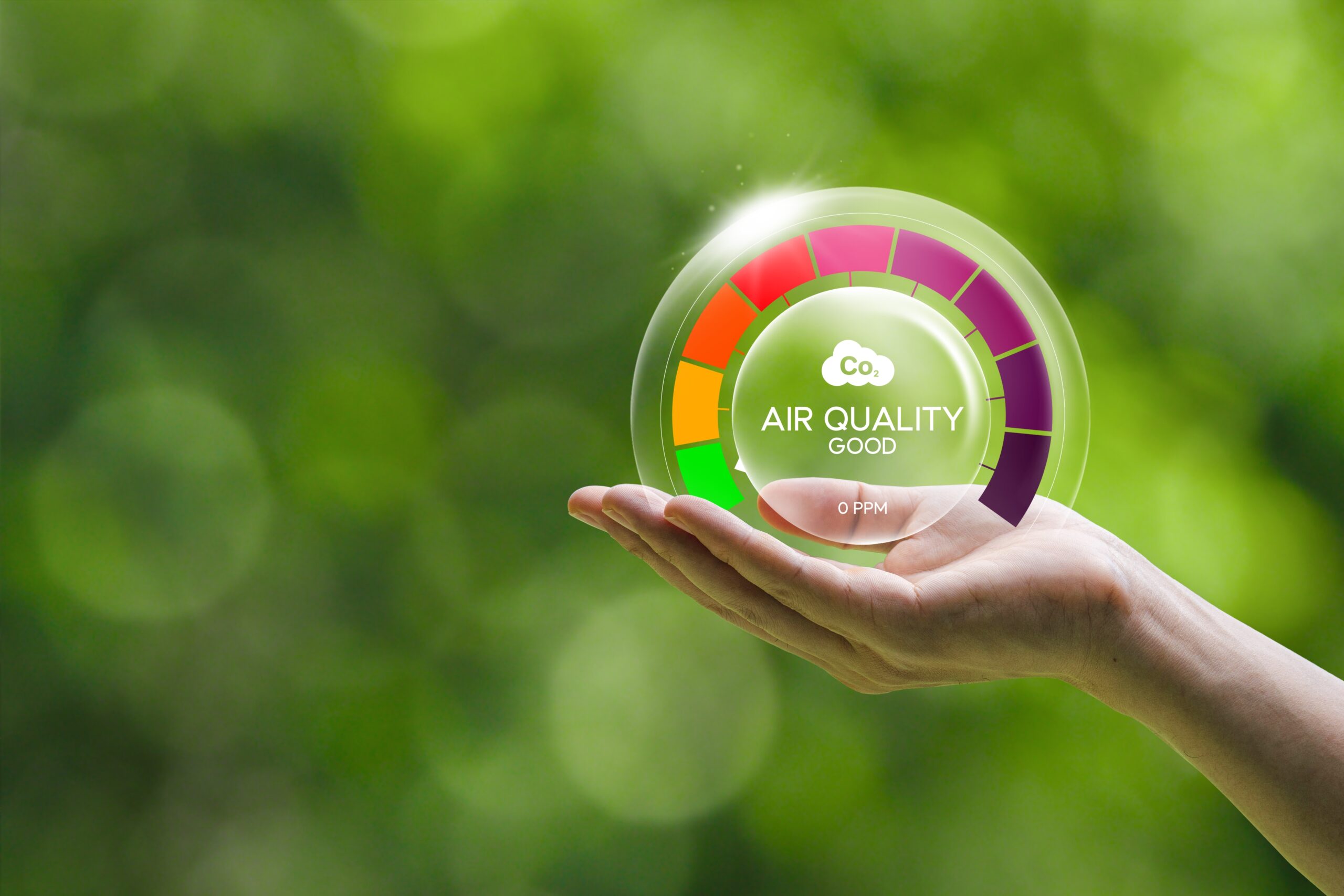Home » Air Pollution and Eye Care
Air pollution has become a pressing global issue, affecting various aspects of human health. While its impact on respiratory and cardiovascular health is well-documented, the effects of air pollution on eye health are often overlooked. The eyes, being directly exposed to the environment, are particularly vulnerable to pollutants such as particulate matter, gases, and other airborne irritants. For individuals in areas with significant air pollution, understanding how it affects eye health and adopting preventive measures is crucial.
This article delves into the connection between air pollution and eye health, the common eye conditions caused by pollution, and strategies to protect your eyes from environmental harm.

Air pollution consists of a mixture of solid particles, gases, and liquids suspended in the air. These pollutants can originate from various sources, including vehicle emissions, industrial processes, wildfires, and natural events like dust storms. The most common pollutants affecting eye health include:
When exposed to these pollutants, the eyes may suffer from irritation, dryness, and other conditions due to their direct contact with the environment and the thin, sensitive layers of tissue that make up the eye’s surface.
Dry eye syndrome occurs when the eyes do not produce enough tears or when the tears evaporate too quickly. Exposure to particulate matter and gases can exacerbate this condition by disrupting the tear film, leading to symptoms such as:
Dry eye syndrome is particularly common in urban areas with high levels of air pollution and low humidity.
Pollutants such as pollen, dust, and VOCs can trigger allergic conjunctivitis, an inflammation of the conjunctiva (the clear tissue covering the white part of the eye). Symptoms include:
People with preexisting allergies are especially vulnerable to air pollution-induced allergic conjunctivitis.
Unlike allergic conjunctivitis, irritative conjunctivitis results from direct exposure to airborne irritants such as smoke, chemical fumes, and particulate matter. This condition causes similar symptoms but is not triggered by an allergic reaction.
Fine particulate matter can physically damage the corneal surface, leading to inflammation and an increased risk of infections. Chronic exposure to pollutants may cause long-term corneal damage, impairing vision.
Some studies suggest that long-term exposure to air pollution, particularly ultraviolet radiation and particulate matter, may increase the risk of developing cataracts. Cataracts cloud the lens of the eye, leading to blurred vision and, in severe cases, blindness.
Emerging research indicates that chronic exposure to air pollution may contribute to increased intraocular pressure, a risk factor for glaucoma. Glaucoma is a progressive eye disease that damages the optic nerve and can lead to vision loss if untreated.
The impact of air pollution on eye health can be attributed to several mechanisms:
Certain groups of people are more vulnerable to the effects of air pollution on eye health, including:
While air pollution cannot always be avoided, there are several strategies to protect your eyes and reduce the risk of pollution-related eye conditions.
Sunglasses or goggles can act as a physical barrier against particulate matter and harmful UV rays. Choose wraparound designs for better coverage.
Artificial tears help maintain the moisture of the eyes and provide relief from dryness and irritation. Opt for preservative-free formulas for regular use.
Improve indoor air quality by:
Wash your hands frequently and avoid rubbing your eyes, especially after being outdoors. Rubbing can transfer irritants to the eyes and worsen symptoms.
Monitor air quality levels in your area and limit outdoor activities during high-pollution days. Smartphone apps and websites can provide real-time air quality updates.
Stay hydrated to support tear production and blink frequently, especially when using digital devices, to reduce dryness and irritation.
Routine eye check-ups allow your eye care professional to detect and address issues early. Discuss any symptoms of dryness, irritation, or vision changes with your optometrist or ophthalmologist.
Eye care professionals play a vital role in managing the effects of air pollution on eye health. They can:
Air pollution poses a significant risk to eye health, contributing to conditions ranging from dryness and irritation to more severe issues like cataracts and glaucoma. As environmental challenges persist, protecting your eyes from air pollution becomes increasingly important. By adopting preventive measures and seeking regular eye care, you can safeguard your vision and maintain healthy eyes despite environmental challenges.
For those in Tennessee, regular eye exams and consultations with trusted professionals are crucial in navigating the impact of air pollution on eye health. Contact Tennessee Eye Care today to schedule an appointment and learn more about keeping your eyes healthy in today’s changing environment.